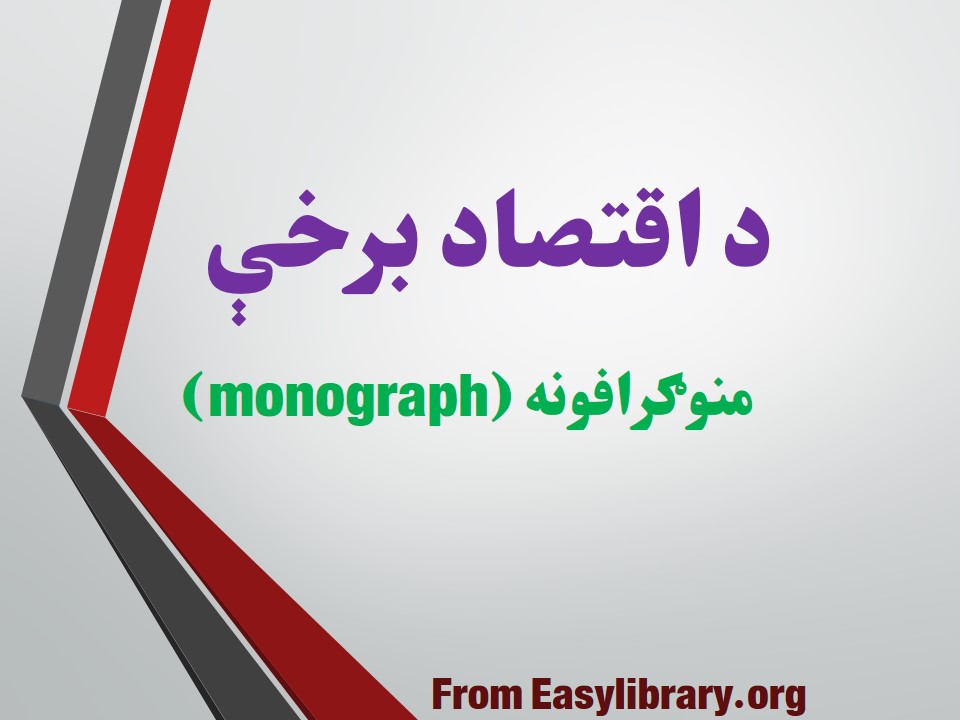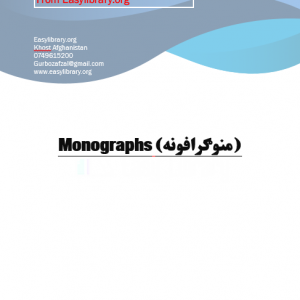About ( دسر شميرني تارخي سير اوپرمختګ ): You can read short details of the book above. If You want to get the book ( دسر شميرني تارخي سير اوپرمختګ ), than just click on DOWNLOAD FREE Bottom, wait and the download will start to your Mobile/PC.
More from Easylibrary.org: د مکتب نصاب کتابونه, Afghanistan Provinces & Districts Maps (Pdf)
Quotes
Microeconomics delves into the behavior of individual agents, such as consumers, firms, and industries, and how their interactions shape markets. Here’s an exploration of key microeconomic concepts and their application to real-world scenarios:
1. Market Structures:
- Perfect Competition: In perfect competition, many small firms produce identical products, with no barriers to entry or exit. Examples include agricultural markets.
- Monopoly: A monopoly exists when a single firm dominates the market, controlling the supply of a unique product or service. Examples include utilities like water and electricity.
- Oligopoly: Oligopoly describes a market dominated by a few large firms, often engaged in non-price competition. Examples include the automobile and airline industries.
- Monopolistic Competition: Monopolistic competition features many firms selling differentiated products, allowing for some degree of pricing power. Examples include restaurants and clothing stores.
2. Consumer Behavior:
- Utility Theory: Consumers seek to maximize utility (satisfaction) given their budget constraints. This theory helps explain how consumers make choices based on preferences and available resources.
- Budget Constraints: Consumers face limitations on income and prices when making purchasing decisions. Understanding budget constraints is crucial for analyzing consumer behavior and demand elasticity.
- Indifference Curves: Indifference curves represent combinations of goods that provide equal levels of satisfaction to consumers. They help analyze consumer preferences and substitution effects.
3. Production Theory:
- Production Function: Production theory examines the relationship between inputs (such as labor and capital) and outputs (goods and services). The production function illustrates how firms combine inputs to produce output efficiently.
- Marginal Productivity: Marginal productivity refers to the additional output produced by adding one more unit of input while keeping other inputs constant. It helps firms determine optimal input levels.
- Isoquants: Isoquants depict combinations of inputs that result in the same level of output. They aid in understanding production possibilities and trade-offs between inputs.
4. Game Theory:
- Strategic Interactions: Game theory analyzes decision-making in situations where the outcome depends on the choices of multiple agents. It is widely used in economics, political science, and business strategy.
- Nash Equilibrium: Nash equilibrium occurs when each player’s strategy is optimal given the strategies chosen by other players. It provides insights into stable outcomes in strategic interactions.
- Prisoner’s Dilemma: The prisoner’s dilemma is a classic example of a non-cooperative game where individual rationality leads to suboptimal outcomes for both players. It illustrates the tension between individual and collective interests.
Real-World Applications:
- Market Competition: Analyzing market structures helps regulators understand competition levels and enforce antitrust laws to prevent monopolistic behavior.
- Consumer Choices: Understanding consumer behavior informs marketing strategies, product development, and pricing decisions for businesses.
- Production Optimization: Firms use production theory to maximize output while minimizing costs, contributing to efficiency and competitiveness.
- Strategic Decision-Making: Game theory informs negotiations, auctions, and strategic alliances in various industries, including telecommunications, finance, and healthcare.
In conclusion, microeconomic concepts provide valuable insights into individual decision-making, market dynamics, and strategic interactions in the real world. By applying these concepts, policymakers, businesses, and individuals can make more informed decisions and navigate the complexities of economic behavior and market environments.
Read more: Afghanistan Jobs , Articles ,+Publish your Books




Reviews
There are no reviews yet.